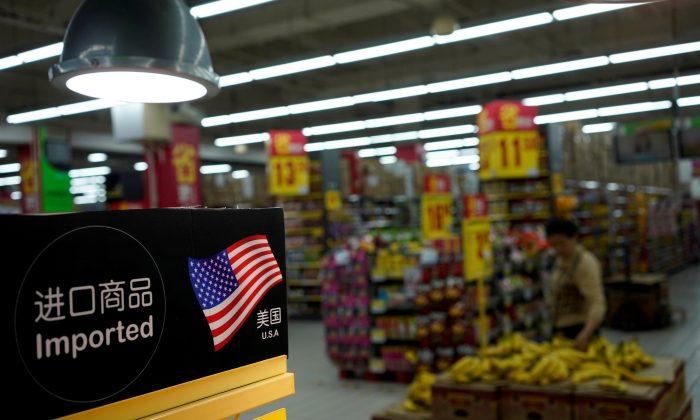BEIJING— An increase in Chinese tariffs on most U.S. imports on a $60 billion target list took effect as planned on June 1, with Beijing retaliating against Washington’s escalation in the trade war between the world’s two largest economies.
The tariffs, announced on May 13 and taking effect as of midnight in Beijing (1600 GMT), apply additional 20 percent or 25 percent tariffs on more than half of the 5,140 U.S. products targeted. Beijing had previously imposed additional rates of 5 percent or 10 percent on the targeted goods.
China ordered the latest tariff increases in response to Trump’s move.
Chinese state-owned newspapers warned this week that Beijing was ready to use its dominance in the production of rare earths–chemical elements used in everything from high-tech consumer electronics to military equipment—in its trade war with the United States.






Friends Read Free